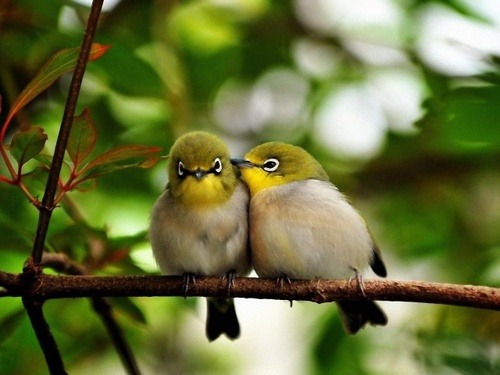
So there are birds in the garden that pique your curiosity from time to time. Perhaps you are out walking in the park you are hear a beautiful chirping yet cannot spot the source of that wonderful sound. Or you could just be a nature lover, wanting to learn more about the birds of the wild, wishing to observe a little more detail in the awesome creatures you’ve always loved.
But where to start, you wonder, and you ask yourself “What exactly do I need to spot wildlife?”. The short answer is a pair of binoculars. Yet, there is a plethora of ocular choices out there to pick from and they all come with different, confusing specifications that don’t mean anything to you. Here, we want to give you a good starting point to guide you through picking your first pair of birdwatching binoculars.
Tip 1: Understand Binocular Basics.
Bincoulars always come with two sets of numbers. For example, a pair of Birdwatching Binoculars might come with a name like: Steiner SkyHawk Pro 10×32 Birdwatching Binoculars. The first number “10” indicates the magnification strength of the Steiner Skyhawk. Thus, what you see through this pair, is always magnified 10 times.
The second number “32” indicates the diameter of the binocular lens. This means the diameter of the objective lens (or aperture) of this Steiner Skyhawk is 32mm. What you need to know is, the bigger the aperture, the more light the tubes gather. More light also means brighter images! However the bigger you go in aperture, the bigger (and heavier) the binocular!

Tip 2: Zooming in on Birding Binoculars
Now that you know how to read the two most important specifications of binoculars, let’s narrow down types of binoculars that actually suit bird watching.
Generally, you’d want a pair of binocular that allows good magnification so you see enough detail of birds, yet not too high powered that where scanning for birds become a problem. The ideal range is an 8x or 10 times magnification.
Also look for a pair that is at least 32mm in aperture. 32 to 50mm is ideal for birdwatching. However you do have to gauge your preference and weigh up on the weights of a binocular, remembering that the more aperture you get, the heavier the instrument.
Tip 3: Optical Quality
When you’ve narrowed down your search based on the magnification and aperture, you are going to realise there are still thousands of binoculars out there, their prices ranging from $50 to $800!
I’d warn against cheaper binoculars as they then to come with a prism material called BK-7. These types of prisms tend to be cheaper to make, however because of how they are designed can produce a fair bit of distortion around the edges of your viewing.
Go for Binoculars that come with a BaK4 prism. Most do these days, however these binoculars won’t be around the $50-$100 mark. Bak4 prisms are more complicated to manufacture, but because they are always perfectly rounded at the exit pupil, there is often little or zero distortion to your image.
Tip 4: Weight
As a birder you should also consider the weight of your binocular. Since you will be using the instrument most of the time on your birding excursions, a heavyweight pair might be tiring when used for long hours. The best thing would be to try out a few pairs and find one that really fits your build. If you want extra comfort, you could also get a body harness. Look at the Steiner Binoculars Body Harness, for example.
I hope these four tips are helpful starting points to getting your first pair of birdwatching binoculars. Remember to get one that really fits your needs, and never compromise on optical quality, because nothing can be worse then being so close and yet so far to observing the beautiful birds out there!

